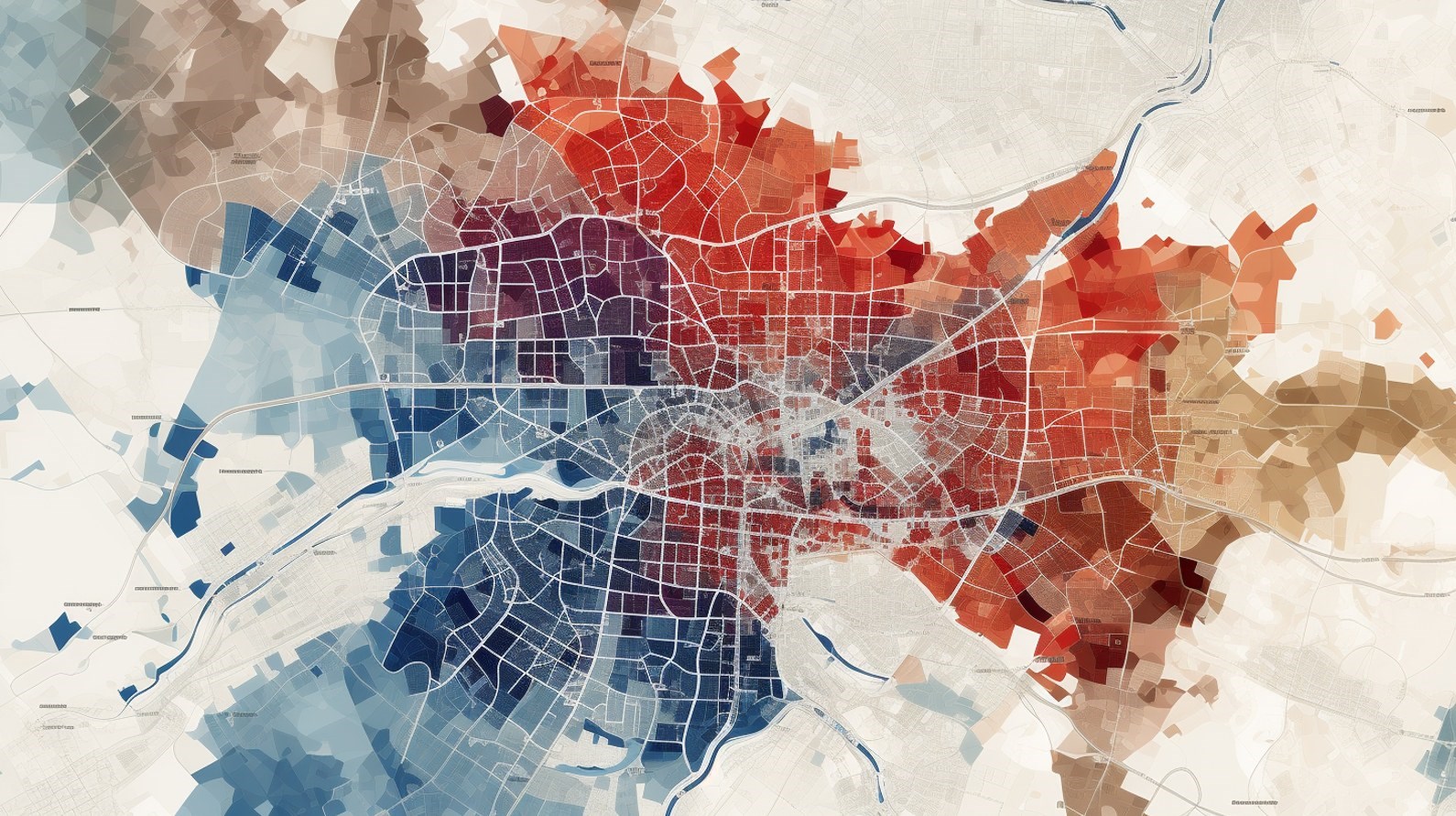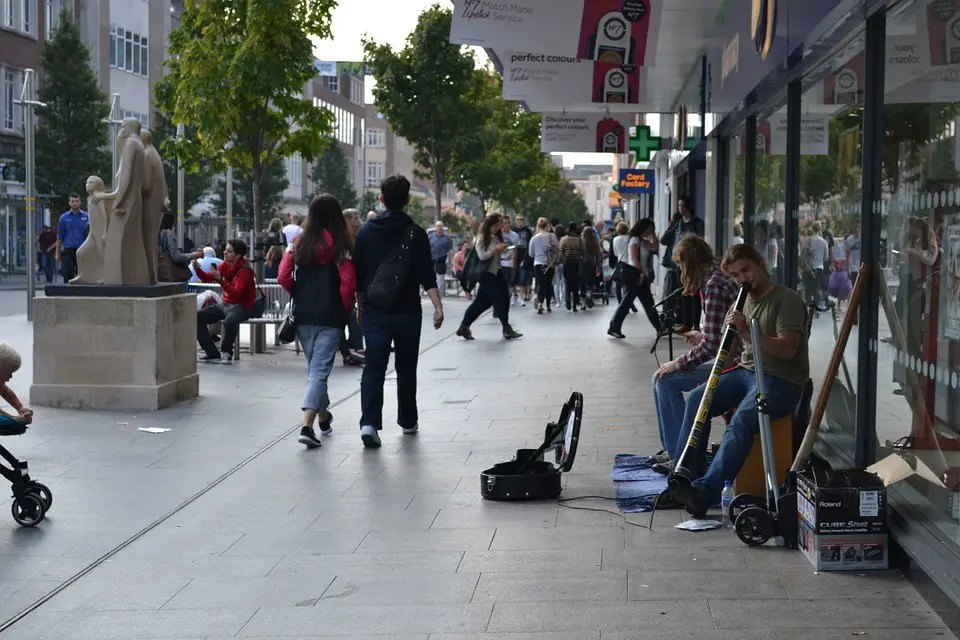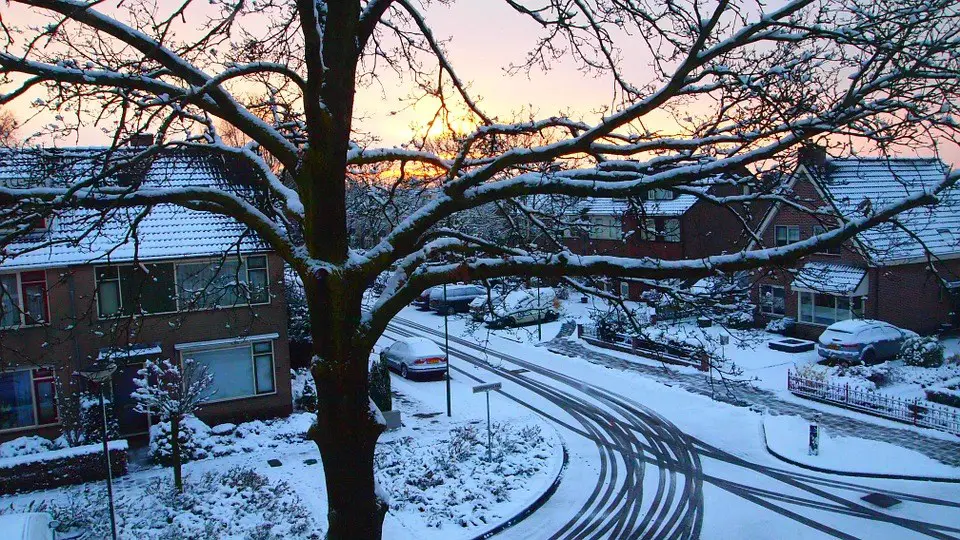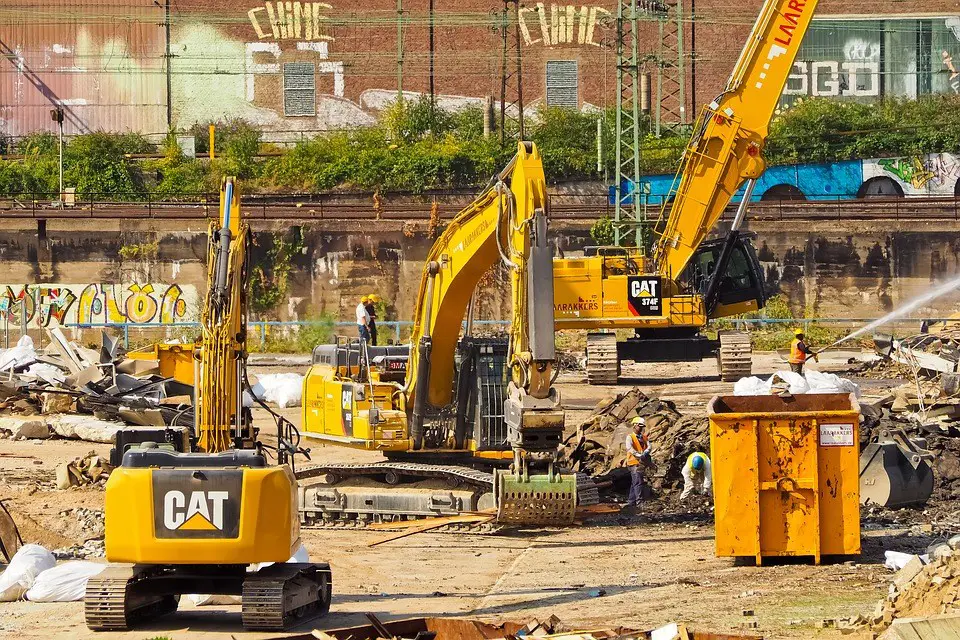darlington Postcodes

 Contains Ordnance Survey and Royal Mail data © Crown copyright and database right.
Contains Ordnance Survey and Royal Mail data © Crown copyright and database right.
Darlington Outward Postcode (DL)
Click on an outward postal code below for more information about the area.
Each 'outward' postcode give you a comprehensive list of all postcodes within the outward code area (DL) and estimated address.
Click on an 'outward' code for more information. For example, the outward postcode page 'EC2M' will give you an alphabetical list covering all postcodes located in the region, from 'EC2M 1BB' through to 'EC2M 7YA'.

Whilst Durham town is a well deserving highlight of County Durham, it is by no means the only reason to visit. County Durham is an unspoiled northern county, defined by the calm ochre uplands of Teesdale and the empty but inspiring northern Pennines. A county of charming, gentle villages and bustling independent market towns, rich in produce and rich in history.
It is a county with an industrial heritage and its economy used to be almost completely based around iron and coal. Now however, it is a popular tourist destination with a World Heritage Site (Durham Castle and Cathedral) at its heart. Stretching from the North Sea Coast in the east to the North Pennines in the west, the county of Durham is bordered by Northumberland, Cumbria, Yorkshire and Tyne and Wear.
Historically, County Durham was a liberty under the control of the Bishops of Durham - in 883 a Cathedral (containing the remains of St Cuthbert) was established at Chester-le-Street. In 995 the see was moved to Durham. In the 12th century Durham was part of the shire of Northumberland and in the 14th century it was declared a liberty.
Durham City is one of the finest in the UK and Durham Cathedral is over 900 years old and a world heritage site and the best example of Norman church architecture in the UK, featuring rounded arches and spectacular columns.
Durham also has an incredible selection of galleries and museums, historic houses and ancient castles, from Barnard Castle to Bowes Castle, Whitworth Hall Country Park to Auckland Castle.
Also worth visiting are Durham University Botanic Garden, Eggleston Hall Gardens and the Bowes Museum.
Further out there is the Derwent Walk that follows the former railway through the Derwent Valley and of course the North Pennines Area of Outstanding Natural Beauty and the Pennine Way National Trail, some of the UK's finest trails, landscapes and views.
The Darlington postcode region (DL) contains 17 unique 'outward' codes. Darlington is the main postal town/district for this region, with all postcodes starting with the following outward codes.
This page contains a list of postcodes for Darlington area. Select a postcode to see the map location, demographics, house prices, local information, tourist guides and statistics:
Local demographics, guides and information
There's plenty of local information, guides and useful data to browse and explore, whether you're a Darlington resident or a visitor to the area.
Scroll down to discover all you need to know about the Darlington postcode area.
The DL postcode includes the following local authorities:
- County Durham
- Darlington
- Eden
- Hambleton
- Richmondshire
- Ryedale
- Stockton-on-Tees
Local News County Durham
Five County Durham cafs and pubs that are dog friendly
As a mission to find some places that allow dogs, we have pieced together five places in County Durham that allow dogs inside.
Northern EchoNewcastle, Darlington and Sunderland named as best places for business
Newcastle, Darlington and Sunderland key business centres have been praised for backing women in business.
Northern EchoPolice appeal after fatal crash on A1(M) near Darlington
Police are appealing for witnesses or dashcam footage after a fatal crash on the A1(M) near Darlington last night
Northern EchoLabour's Louise Haigh attacks lack of help for Hitachi Aycliffe
The Shadow Transport Secretary has written a letter challenging the Transport Secretary over his position on Hitachi
Northern EchoFive 'unsung' villages you must visit in County Durham
County Durham is packed full of incredible places and amazing views.
Northern EchoWho is Saturday Night Takeaway guest presenter Lenny Rush?
Ant and Dec welcomed theiryoungest ever guest presenter onto Saturday Night Takeaway tonight (April 6) - Lenny Rush - see more about the 15-year-old actor.
Northern EchoPub Quiz April 6: How smart are you? Find out now
Find out how good your general knowledge is with our quiz that will get you ready for your next trip to the pub.
Northern EchoRyedale Learning Trust joins the Aret Learning Trust
FIVE Ryedale schools have been merged into a new Multi Academy Trust in North Yorkshire
Northern EchoSpending a fortune on conveyancing?

Compare instant, low-cost online quotes from trusted conveyancing solicitors.
Backed by experts, our no-obligation service searches through the best conveyancing quotes on the market to save you time and money.
From the Postcode Area blog

Deciphering Crime Rates - a Deep Dive Into UK Postcode Analysis
Ever wondered about the crime rate in your UK postcode? You're not alone. We've dug deep into the data, uncovering trends and patterns that'll make your head spin.

Death of the High Street?
The BBC reports that despite councils' attempts to kurb them, the UK's high streets have seen a huge growth in fast food outlets. Could this mark the death knell for the Great British high street, and what can we do about it to halt its decline?

Discrimination by Postcode
You really couldn't make it up, could you? Some of the country's most vulnerable people are missing out on their weekly £25 Cold Weather Payment, just because the system that's in operation is discriminating against them because payments are based on postcode, rather than geographic location.

The Redesign is Underway
Well, the current website was absolutely in dire need of a good redesign - from the ground up. So I set out to pull it all apart and get it up and running again to become the most comprehensive guide to every postcode in the UK. And it's been a long, tough job from start to finish - and quite possibly the biggest project I've ever undertaken.
About Us
Postcode Area helps people in all areas of the UK to locate and find postcode data and information for cities and towns in England, Scotland, Northern Ireland and Wales.
Share and Share Alike
Find this information useful? Don't keep it a secret - spread the word.
© Postcode Area / CliqTo Ltd and Chris Haycock. Registered company number 7575287.
Unit 8 Palmbourne Industrial Park, Castle Street, Stafford, England, ST16 2TB,
UNITED KINGDOM.